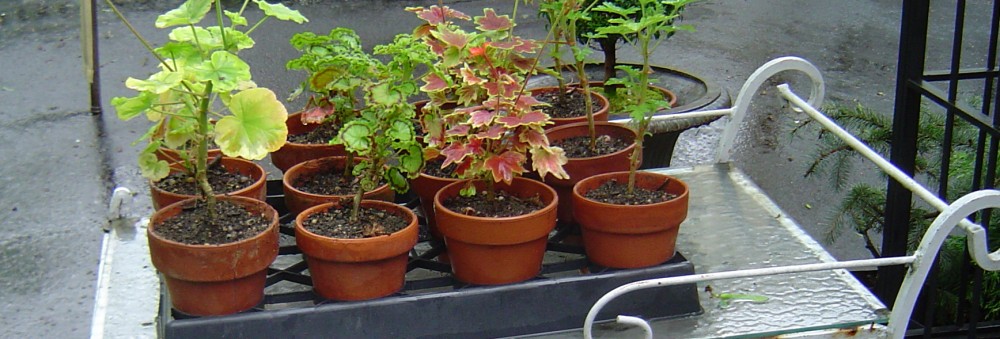Halloween decorations abound in my neighborhood. In some cases, they’ve been up since mid-September. I’ll come right out and say it, most are neither scary nor attractive. For such a highly anticipated holiday it would be so nice to see some serious creativity on display. But, each to his/her own and I will just mind my own business.
For a long time I’ve considered the fun of setting up a garden of Nature’s horrors to spook visitors. I really think there’s nothing we can come up with that could compete with what the natural world can offer. If I had the wherewithal, I’d create a Halloween Garden. Actually, I’d make two. One for non-gardeners and another for gardeners.
This week, I’ll share my ideas for the Gardener’s Garden of Horror. The correct time to visit would be in the hour before sunset. When the light can be quite dramatic but the details are not sharp. It sets the requisite mood of mystery.
On approaching such a garden, all looks lovely. Splashes of seasonal color herald the visitor. On closer inspection, the garlands of bright orange draping the fence are bittersweet running amok. Miniature balls in shades of pink, mauve and blue abundantly adorn all manner of plants – porcelain berry! And poison ivy resplendent in deep reds and bright ocher is running riot.
A path cuts through a meadow of nothing but stilt grass. Monsters lurking around prove to be shrubs completely covered in English ivy. Huge swathes of gooseneck loosestrife wave gracefully in the breeze.
And what are those lovely iridescent ‘stones’ on the roses? Japanese beetles shimmering away that’s what. Tree trunks covered in both adults and nymphs of the spotted lantern fly look gory.
Walking by what you know to be the vegetable plot, you see a slew of slugs having an extended supper. Every plant has been decimated or defiled.
And so it goes. Invasive plants, dreaded pests! Which gardener will not be petrified by this garden? Be afraid. Be very afraid.
Next week – the Non-gardeners Halloween Garden.
Note: Since I don’t want to traumatize you gardeners any further, I’ll spare you any scary images! Instead, here are images of a Patrick Blanc vertical garden I had the joy of seeing in Aix-en- Provence, France a couple of weeks ago. What a treat. What a diversity of plants! On the side of a bridge under which cars whiz by, I’m not sure how many drivers realize just how amazing this installation truly is. Nevertheless, their world is rendered significantly more healthy and beautiful. This should become a global movement I say!















(c) 2025 Shobha Vanchiswar
[do_widget “Blog Subscriptions (Jetpack)”]


































































































